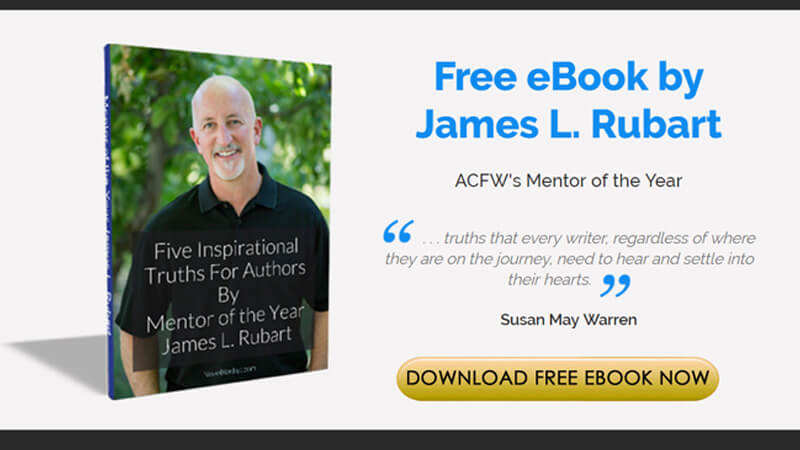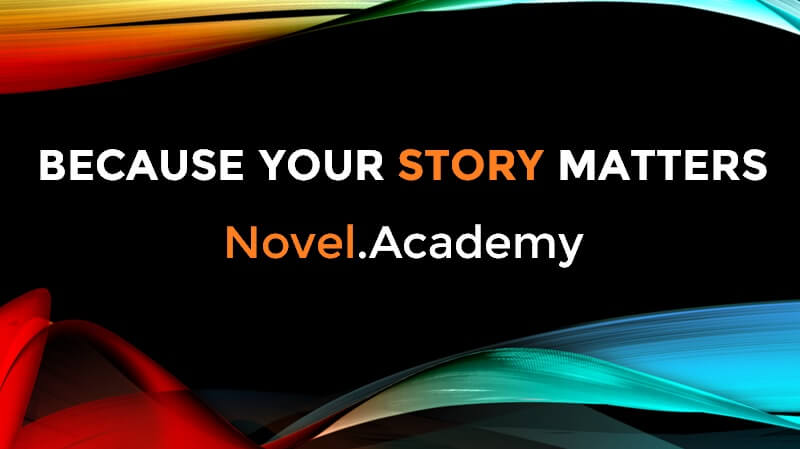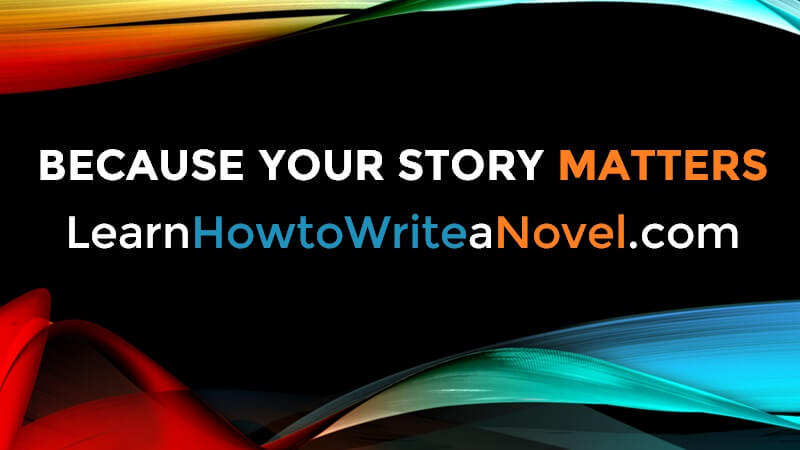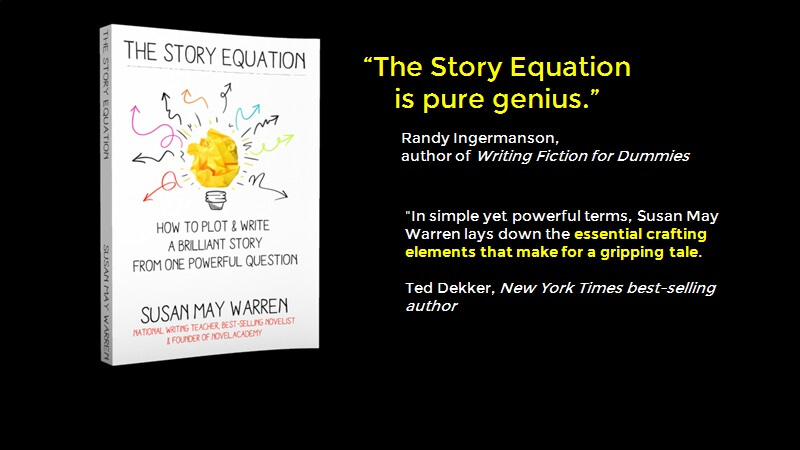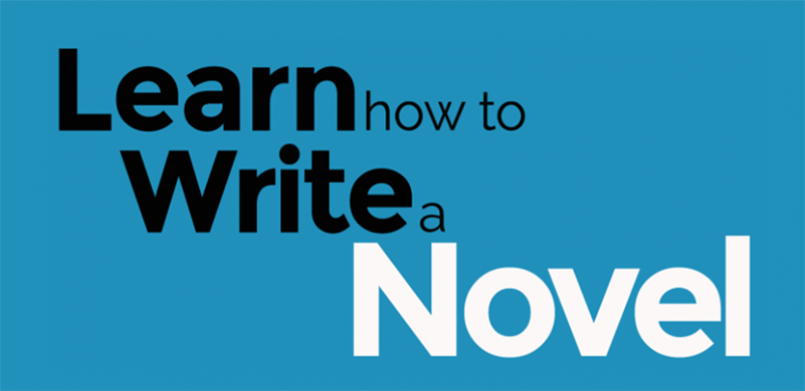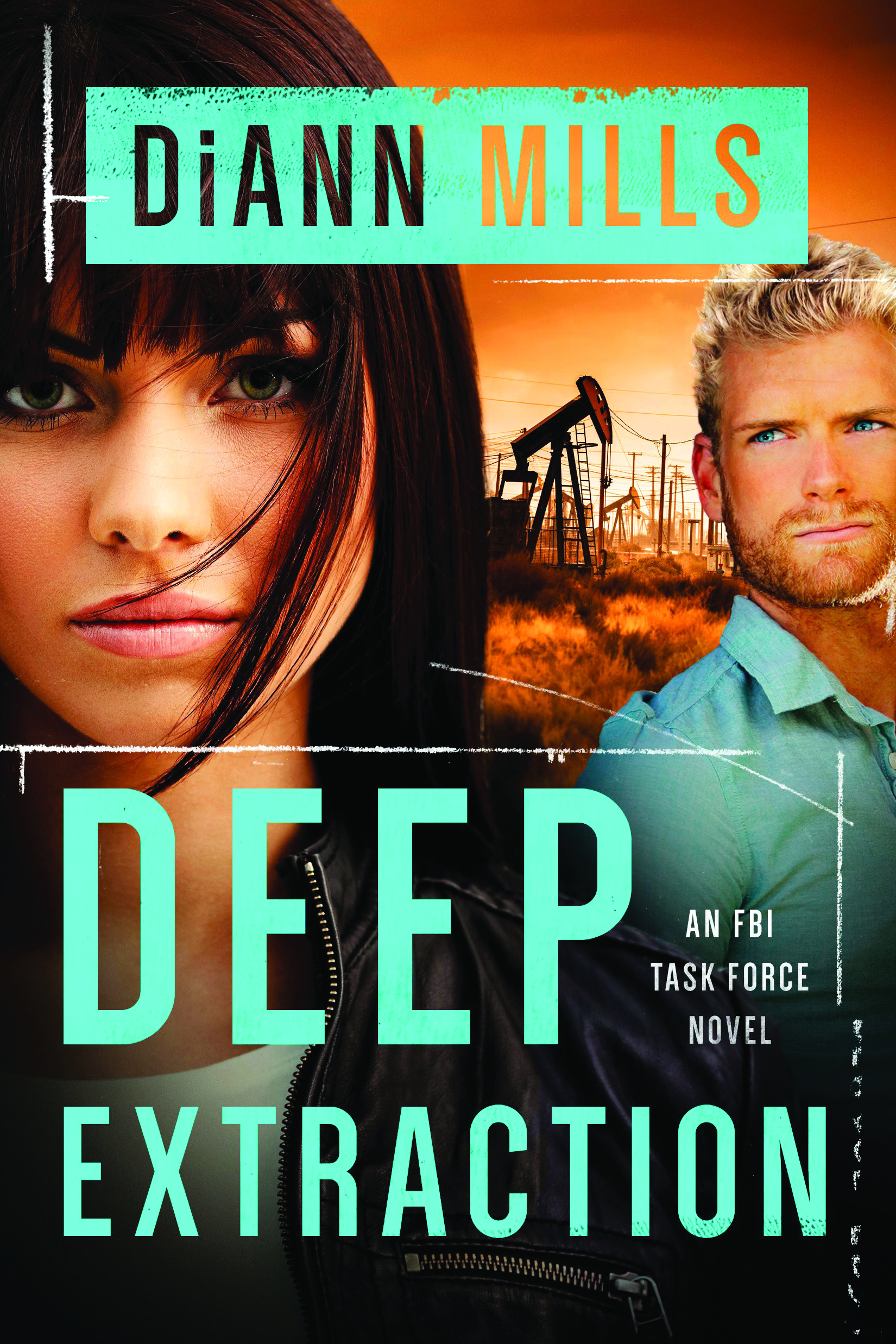As the Owner/Director of the Christian Fiction Blog Alliance Bonnie has helped use the 220+ blogs of the Alliance to promote many titles on the Christian bestseller list. She owns and publishes the Christian Fiction Online magazine, which is devoted to readers and writers of Christian fiction. She is the Northeast Zone Director for American Christian Fiction Writers (ACFW). At ACFW she was named the ‘Mentor of the Year’ for 2011, and she is the current President of (CAN) Christian Authors Network. Bonnie is also the Appointment Coordinator for both the Colorado Christian Writers Conference and the Greater Philadelphia Christian Writers Conference. In her spare time she is an avid social media junkie, and teaches Facebook, Twitter, Blogging and HTML as recreational occupations.
Bonnie, you've been at this gig for a long time. While writing, you started a successful blog tour company and the best online Christian magazine out there. How do you do it all?
Well…to tell you the truth, sleep is really over-rated *snort-giggle* I think it’s because if my hands aren’t busy being productive, they are busy being destructive (getting me in all sorts of trouble…for which I’ve learned over the years…run very fast.)
Tell us about your publishing journey. How long had you been writing before you got a contract? How did you find out and what went through your mind? (Be as specific as possible)
Oh…so you want me to relive the puking and falling down thing all over again? Okay…start from the beginning. This is all a God journey. Seriously! I really had no plan. I decided I wanted to become an author after reading the Left Behind series…that’s a whole other story. But I started writing, joined a few Christian writing loops, and went to my first conference. The following year, I went back to the conference and met my agent Terry Burns at dinner…I had an appointment with a totally different agent. Then for my first publishing contract, it came about after I made a totally random remark to an acq. Editor at Abingdon. From actively writing for publication to first contract was two years.
Now finding out was another story…I yelled, screamed, hyperventilated…fell down, got up and puked…and then repeated the process numerous times. *shaking head* not a prety sight…nope! Not a pretty sight!
Was there a specific 'what if' moment to spark the story of Cooking the Books, your debut novel?
Nope…a lot of that is autobiographical
Did anything strange or funny happen while researching or writing your book?
Uhmmm…strange or funny. Well truthfully just the fact that the Lord let’s me wake up in the morning is extremely funny to me. But with this book…no. Now there was a manuscript I was working on that was a disaster book…not disaster as in bad writing, but disaster as in volcanic eruptions, tornadoes, tsunamis…and every time I wrote a scene, a disaster would happen in real life. I figured if I didn’t stick that puppy in a drawer, there’d be no United States left to read it!
Do you ever bang your head against the wall from writer's block? If so, how did you overcome it?
Huh? Whatcha sayin’? Oh, yea…hi! No I never bang my head against the wall. The bump has now become a newer improved part of me with an elegantly raised and calloused surface. I refuse to call it part of my head, so no…I never bang my head against the wall.
Actually my “writers block” is never for a whole book because I’ve already got the plot playing in my head. It’s usually just a block on a particular scene…so I skip that scene and go on and write one that is percolating in the bump on the front of my cranium.
Do you consider yourself a visual writer? If so, what visuals do you use?
Nope…not at all. I’m a mental writer…er, uh…that didn’t come out right…well it did, but that’s another story too. The story is playing in my head like a movie. I write in scenes like a script writer, so I don’t really need visuals. Usually my characters gel in what they’re going to look like AS I write, so I may actually be all done writing before I pick out the people representation images.
Novelists sometimes dig themselves into a hole over implausible plots, flat characters or a host of other problems. What's the most difficult part of writing for you?
That’s a short answer…dragging the story out long enough to fill a full sized book. Since I think like a script writer, I write in short succinct scenes, and need to fill it in with all the visuals and “mentals” that people need as readers.
What's your strength in writing (characterization, setting as character, description, etc)?
My strength is in being able to write a great bloody and suspenseful scene J
Did this book give you any problems? If not, how did you avoid them?
Yes…but they’re not avoidable problems…for example…language. My street
thug characters wouldn’t have been very believable saying “Auh geepers creepers.”
So I had to use my ability as a writer to convey their “attitude” without inappropriate language.
Where do you write: In a cave, a coffeehouse, or a cozy attic nook?
Ack! No pictures please! My jammies are not for public…or private consumption! I do a lot of my writing in my store. I’m a seamstress and clothing designer by day, and I’ve sewed for 50 years (literally) so I don’t need to think to sew. I think of a scene and when the front end of it starts dropping out of my RAM (random access mind) then I stop sewing and write until the scene is all down. Now at home, is when I do editing because I have to sit and stare at pages and contemplate.
Some authors report writing 5-10 thousand words a day. Do scenes flow freely from your veins or do you have to tweeze each word out?
Six of one, half dozen of the other J Some days I’m a wiz…some days I am wiz…Cheese Wiz that is…speaking of cheese…I love taking breaks when words don’t want to come and I write emails to my crit groups about how much I’m not writing. And I have had days when, if I had the ability to count Facebook words, I’d have written a whole novel!
What’s the best writing advice you’ve heard?
“Just sit your butt in the seat and write!”
How do you balance your writing time with family and any other work you do?
I haven’t figured that part out yet. It just seems to work on its own.
Do you have any parting words of advice?
Ahhh…parting is such sweet sorrow…uh, oh…I guess not those kind of words.
Yes…parting words…if you want to be a writer, then just keep writing. If you want to be published, learn the craft, write a great book, and pray.
Cooking the Books
After her mother dies from a heart attack, Sloane Templeton goes from Cyber Crimes Unit to bookstore owner before she can blink. She also "inherits" a half-batty store manager; a strange bunch of little old people from the neighborhood who meet at the store once a week, but never read books, called the Granny Oakleys Book Club; and Aunt Verline, who fancies herself an Iron Chef when in reality you need a cast iron stomach to partake of her culinary disasters. And with a group like this you should never ask, “What else can go wrong?”
A lot! Sloane begins to receive cyber threats. While Sloane uses her computer forensic skills to uncover the source of the threats, it is discovered someone is out to kill her. Can her life get more crazy?




